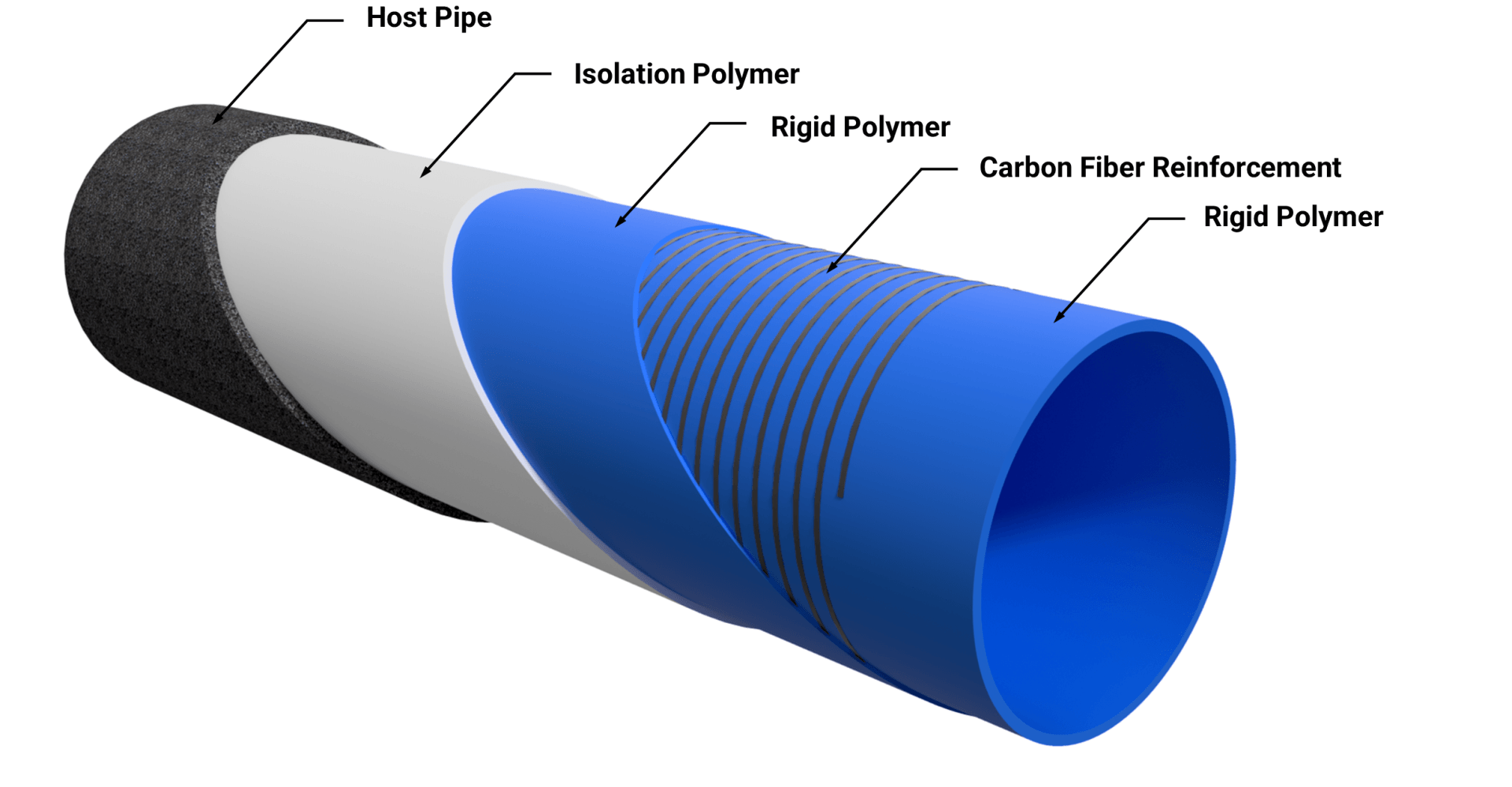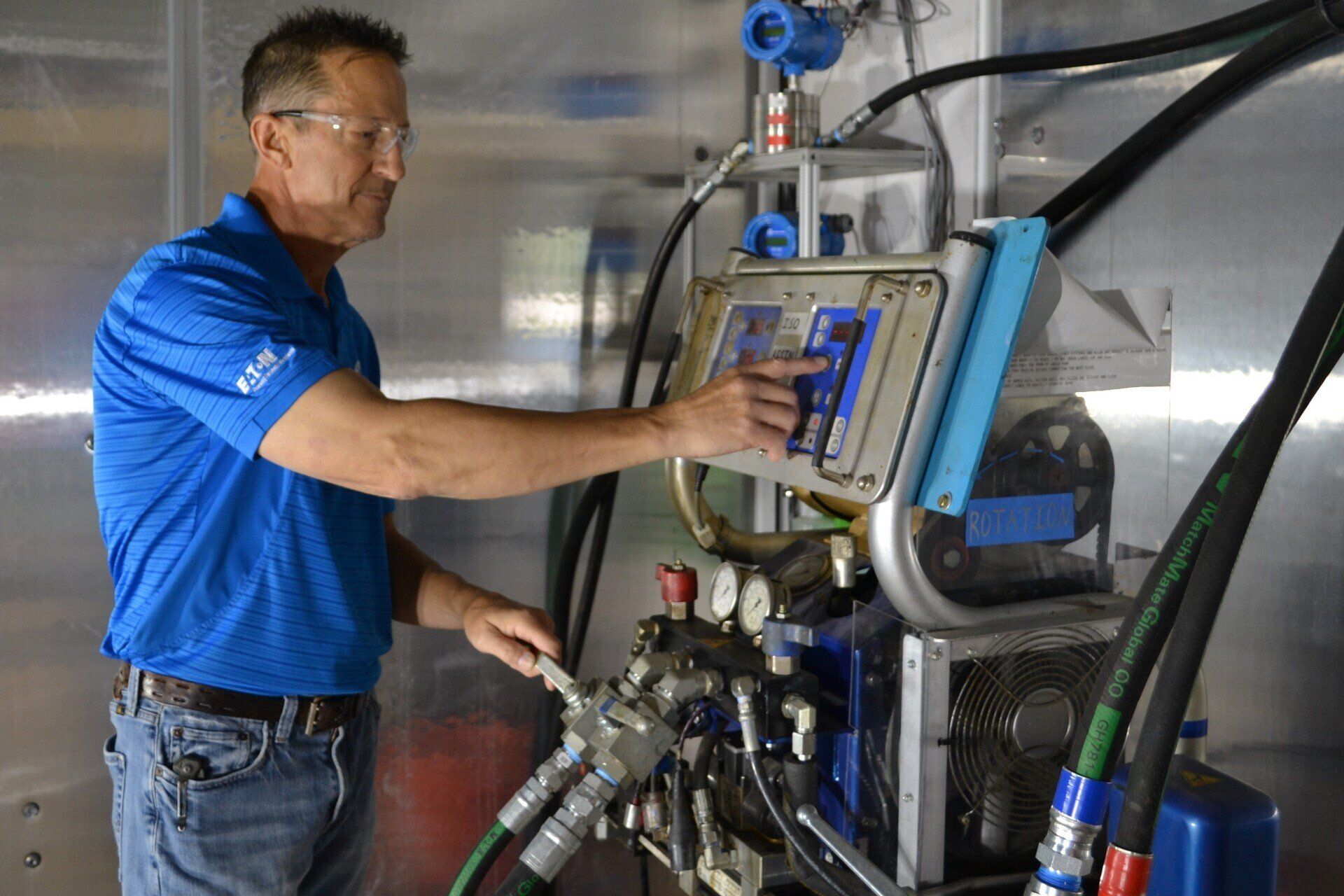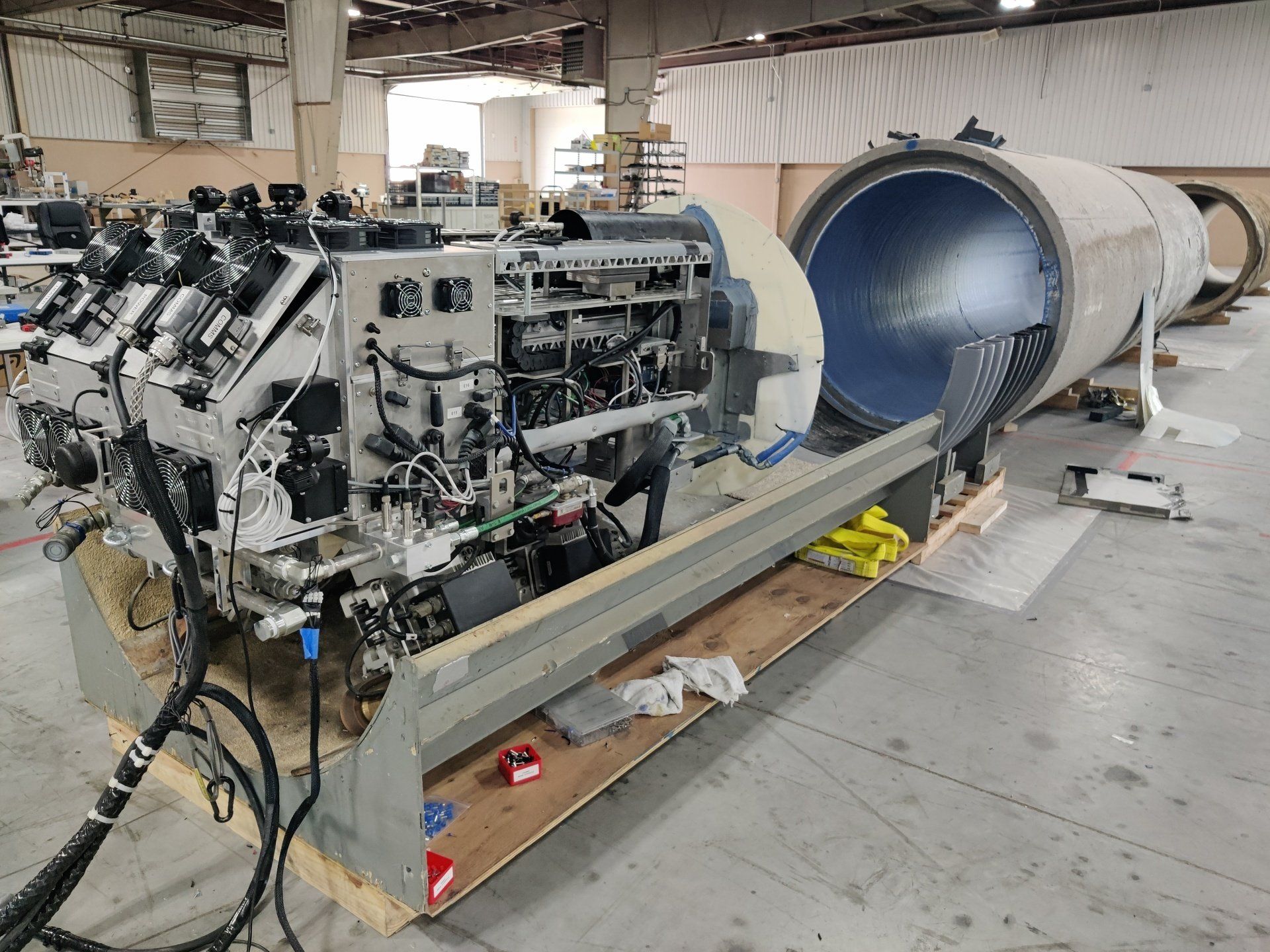SippTech Innovations
SippTech is revolutionizing the pipeline rehabilitation industry


Innovative Pipeline Rehabilitation
SippTech is revolutionizing pipe rehabilitation with Manufactured In-Place Composite Pipe (MICP™). This proprietary process keeps the new pipe completely independent from the host pipe.
MICP™ is the only robotically installed composite lining system to meet the AWWA Class IV structural/Close Fit Lining (CFL) classification for large diameter pressure pipes ranging from 48” to 96” with 250+ PSI working pressure.
THE SippTech SOLUTION
MICP™ is a Trenchless Rehabilitation Technology that Robotically Builds a New Structural Pipe within an Old Pipe
Maximize Hydraulic Performance
Minimize Disruption
Maximize Hydraulic Performance
Minimize Disruption
Manufactured In-Place Composite Pipe (MICP™)
Structurally Independent Composite System
Meets AWWA Class IV Requirements
250+ PSI Working Pressures
NSF 61 Drinking Water Approved Materials
50-Year Design Life
48" to 96" Diameter Pipelines
Structurally Independent Composite System
NSF 61 Drinking Water Approved Materials
Meets AWWA Class IV Requirements
50-Year Design Life
250+ PSI Working Pressures
48" to 96" Diameter Pipelines
Structurally Independent Composite System
NSF 61 Drinking Water Approved Materials
Meets AWWA Class IV Requirements
50-Year Design Life
150+ PSI Working Pressures
42" to 96" Diameter Pipelines
The Ideal Rehabilitation Solution For
The Ideal Solution For
Transmission Water Lines
Forced Sewer Mains
Storm Sewers
Culverts
THE PROBLEM
The Problem:
Much of the National and Global Infrastructure is more than 50 Years Old.
Pipeline Replacement is Highly Disruptive and Expensive.
Most Piping Systems have Little to No Redundancy.
Much of the National and Global Infrastructure is more than 50 Years Old.
Pipeline Replacement is Highly Disruptive and Expensive.
Most Piping Systems have Little to No Redundancy.
THE FACTS
The American Water Works Association (AWWA) projects $1 trillion of investment needed over the next 25 years to rehabilitate the municipal water systems.
The 2018 EPA Drinking Water Infrastructure Needs Survey and Assessment Report states that $312.6 billion needs to be invested in distribution and transmission infrastructure over the next 20 years.
In the United States there is a water main break every 2 minutes and an estimated 6 billion gallons of treated water lost each day.
THE FACTS
The American Water Works Association (AWWA) projects $1 trillion of investment needed over the next 25 years to rehabilitate the municipal water systems.
The 2018 EPA Drinking Water Infrastructure Needs Survey and Assessment Report states that $312.6 billion needs to be invested in distribution and transmission infrastructure over the next 20 years.
In the United States there is a water main break every 2 minutes and an estimated 6 billion gallons of treated water lost each day.
COMMON REHABILITATION OPTIONS
COMMON REHABILITATION OPTIONS
Remove and Replace
The Problem: This process is highly disruptive and expensive.
Remove and Replace
The Problem: This process is highly disruptive and expensive.
Slip Lining
The Problem: This process greatly reduces hydraulic capacity.
Slip Lining
The Problem: This process greatly reduces hydraulic capacity.
-
SippTech has spent years designing a rehabilitation method that provides more versatility, reliability and structural capabilities than current pipe lining methodologies.
Our WorkSippTech has spent years designing and engineering a way to dramatically increase the versatility, quality, reliability and structural capabilities of proven pipe lining methodologies that have been on the market for 20+ years.
-
SippTech has spent years designing and engineering a way to dramatically increase the versatility, quality, reliability and structural capabilities of pipe lining methodologies that have been on the market for 20+ years.
Our WorkSippTech has spent years designing a rehabilitation method that provides more versatility, reliability and structural capabilities than current pipe lining methodologies.








